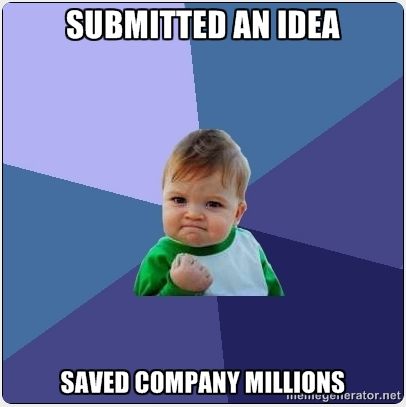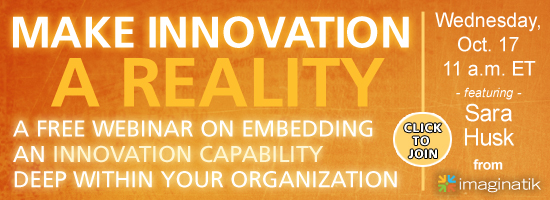The past year has seen some incredible new inventions that are revolutionizing our everyday lives. Before we sit down to Thanksgiving dinners this week we reflected on innovations from five different industries that showcase some of 2012’s best ideas.

The Tesla Model S: Imagine your dream luxury vehicle. Now imagine that it’s emissions free. Tesla has created an electric sedan that can drive 300 miles between charges. The Model S features a 17-inch touchscreen dashboard and USB ports to charge devices. This car is the first of its kind that isn’t terrible for the environment. But what make it even more noteworthy is that is has done that without sacrificing any needs or desires of the driver.

The Velella Project: A company in Hawaii called Kampachi Farms has developed a netted pen that can contain up to 2,000 Kampachi fish. This free-floating fish culture system was constructed in order to harvest clean, unadulterated fish for consumption. This sustainable method of raising fish could reduce disruption to the natural ecosystem of the ocean and provide a healthier food source, free of growth hormones.

Bounce Imaging: Bounce is a “low cost censor system for first responders.” Before emergency personnel enter a dangerous situation, they throw this small ball into the area. It takes pictures, temperatures, and oxygen levels and transmits the information back to the first responders. This device allows emergency personnel access to invaluable information they’ve never had before. As a result, they make more informed decisions and ultimately may save more lives.

MakerBot Replicator 2 Desktop 3D Printer: This printer allows you to make professional scale models of your ideas in the comfort of your own home. The only requirement on your part is to enter a design and the Replicator will create a model made from plastic. An accessible 3D model printer means more people can make prototypes and even manufacture products quickly and inexpensively.

Eliodomestico: Eliodomestico is an inexpensive, solar powered water distiller that takes in seawater and creates fresh water. The saltwater is steamed when the pressure and temperature rise inside the boiler, leaving behind drinkable water. It’s easy to use and does not require much maintenance, resulting in an excellent way to help developing countries.






















